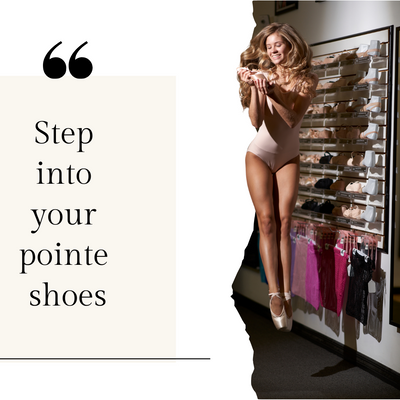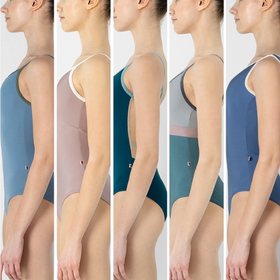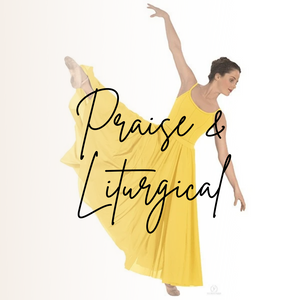When Are You Ready To Go On Pointe?
Stepping onto pointe is a dream that dances in the hearts of aspiring ballet performers. The delicate yet powerful technique adds a magical dimension to classical ballet. However, the journey to the iconic pointe shoe is a careful one, requiring a blend of physical readiness, technical finesse, and the guiding hand of an experienced instructor. In this guide, we explore the question every budding ballerina asks: "When are you ready to go on pointe?"
Age and Physical Development
One of the primary considerations for pointe work is age and physical development. Generally, ballet instructors recommend that dancers should be at least 11 or 12 years old before beginning pointe training. The reason behind this guideline is that the bones in the feet, ankles, and legs are still developing, and introducing pointe work too early can pose a risk of injury. An older, more physically mature dancer is better equipped to handle the demands of pointe work.
Technical Proficiency
Before donning pointe shoes, dancers must have a solid foundation in classical ballet technique. Proficiency in basic movements, correct alignment, and strength in the core, legs, and feet are essential. Without a strong technical foundation, attempting pointe work can lead to poor form and increased risk of injury. Dancers should demonstrate control and stability in their movements, ensuring they can maintain proper alignment while on pointe.
Foot and Ankle Strength
The strength of a dancer's feet and ankles is paramount for success on pointe. The demands of supporting the body's weight on the tips of the toes require a high level of strength and flexibility in the feet. A dance teacher will assess a dancer's readiness by evaluating the strength and flexibility of their feet and ankles. We’ve gathered a variety of great stretches for dancers to increase flexibility here.
Tip: Dancewear Corner offers a huge variety of tools to increase strength and flexibility!
Commitment and Discipline
Pointe work is not just a physical challenge but also a mental one. Dancers must be committed to their training and demonstrate discipline in their practice. Pointe work involves hours of dedicated practice to build the necessary strength and technique. It requires patience and perseverance, as progress may be gradual. Dancers should be mentally prepared for the challenges and setbacks that come with learning this advanced technique.
It may be a good idea to keep a dance-specific journal for tracking technical progress and mental state during the process.
Teacher's Evaluation
Ultimately, how long it takes to get on pointe is at the discretion of the ballet teacher. A knowledgeable and experienced instructor will closely monitor a dancer's progress, assessing their readiness for pointe work. Teachers consider a combination of factors, including technique, strength, and maturity. It's crucial for dancers to communicate openly with their teachers, seeking guidance and feedback throughout their training.
Conclusion

Embarking on the journey of pointe work is an exciting and rewarding step for aspiring ballet dancers. However, it is essential to approach this milestone with caution and proper preparation. By considering age, technical proficiency, foot and ankle strength, commitment, and the guidance of a qualified teacher, dancers can increase their chances of a successful and injury-free transition to dancing on pointe. Remember, the journey to the tips of your toes is as important as the destination, and patience and dedication will make the experience all the more fulfilling.







